Atomic and Laser physics
19 May 2021
Extreme physics, extreme data
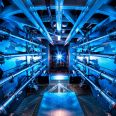
Researchers at the Department of Physics have today published a paper reviewing the use of artificial intelligence and machine learning for understanding "extreme physics" – the physics of matter at extremely high temperatures and densities. This area of physics is crucial for our understanding of astrophysics, nuclear fusion, and many areas of fundamental physics.
4 May 2021
Meet...Jiri Kucera

Name: Jiri Kucera
Job title: Graduate student, Atomic and Laser Physics
Driven quantum materials
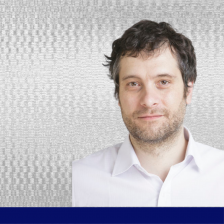
Brebis Bleaney Memorial Lecture
Driven quantum materials
Prof Andrea Cavalleri
Department of Physics, University of Oxford (UK)
Max Planck Institute for the Structure and Dynamics of Matter, Hamburg (Germany)
9 April 2021
Prince Philip’s visit to the Department of Physics
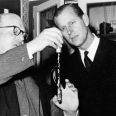
As Buckingham Palace today announces the death of Prince Philip aged 99, our archivist, Professor Stephen Blundell describes a recorded visit to the Department of Physics on 4 November 1960.
‘The Clarendon archive contains several documents describing the detailed arrangements for Prince Philip’s visit to the Department of Physics, part of an Oxford day out for the Queen and Duke of Edinburgh, and in reading them one gets the sense of a different age, where protocol and deference were very much the order of the day.
11 March 2021
Laser-driven experiments at Omega capture the time history of magnetic fields amplified by turbulent dynamo

An international collaboration, co-led by the University of Oxford, the University of Rochester and the University of Chicago, has conducted experiments that captured for the first time in the laboratory the time history of the growth of magnetic fields by the turbulent dynamo, a physical mechanism thought to be responsible for generating and sustaining astrophysical magnetic fields.
Challenges & Changes in Physics: Dr Jason Arday
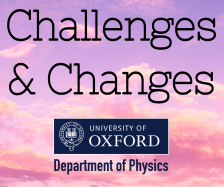
In the fourth lecture of this series, we will hear from Dr Jason Arday from Durham University. Jason is a leading expert in the study of race and education. His research examines the persistence of racism in academia and its effects on black and minority ethnic students and researchers.
Challenges & Changes ED&I Panel Discussion
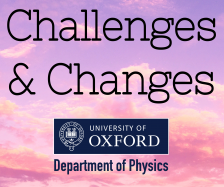
The Challenges & Changes team are hosting a a departmental panel discussion on Equality, Diversity and Inclusion.
Event registration via Eventbrite with password. More details below.
27 January 2021
Carbon probed at record pressure

In a historic first, a team of scientists have successfully measured the structure of carbon at pressures reaching 2,000 gigapascals (GPa) – five times the pressure in Earth’s core and nearly doubling the maximum pressure at which a crystal structure has ever been directly probed.
The group, led by Lawrence Livermore National Laboratory (LLNL) and the University of Oxford, used the LLNL flagship Nation Ignition Facility (NIF) in their work, which is the largest laser system in the world. The results are published in Nature.
13 January 2021
Quantum Technologies for Fundamental Physics: exciting science awaits!

Today, UKRI announced the launch of the Quantum Technologies for Fundamental Physics (QTFP) programme that will support scientists using quantum technology to study the universe in new ways in order to determine the nature of dark matter, detect gravitational waves and study the physics of black holes. Professor Ian Shipsey is Head of the Department of Physics at Oxford and has championed the programme since its inception:
13 January 2021
A leading role for Oxford in large-scale atom interferometry
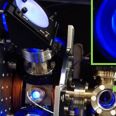
Oxford’s Department of Physics is playing a key role in three of the seven quantum projects supported by UK Research and Innovation (UKRI) including AION: a UK atom interferometer observatory and network.


